Fabric matching is an important aspect of creating a stylish outfit, and while it may seem like a daunting task, knowing the basics of fabric matching can help you create a versatile wardrobe that you can wear for a variety of occasions, and in this article, we'll explore the different types of fabrics, their characteristics, and how to pair them to create stylish outfits. By the end of this article, you will be able to confidently match fabrics to create a cohesive and stylish look.
There are many types of fabrics used in clothing, each with their own unique characteristics, understanding these characteristics can help you choose the right fabric for your clothing, cotton, cotton is a versatile and breathable fabric, often used in casual clothing such as T-shirts and jeans, it is easy to care for, can be machine washed and dried, cotton is also hypoallergenic, A great choice for people with sensitive skin, linen, linen is a lightweight breathable fabric that is perfect for warm weather, and it is known for its refreshing texture and natural draps, which give it a relaxed and casual look. Linen is often used to make summer dresses, shirts and trousers, silk, a luxurious and delicate fabric known for its shine and soft texture, it is often used in formal wear such as dresses and shirts. Silk is difficult to care for and often requires dry cleaning, wool, wool is a warm and durable fabric that is perfect for cold weather, it is known for its insulating properties and its ability to wrest moisture away, making it a great choice for winter coats, sweaters and suits, for some wool can be itchy, but there are plenty of soft and light blended wool to choose from, polyester, Polyester is a synthetic fiber that is often used in casual clothing such as T-shirts and fitness gear. It's easy to care for, machine washable and dry, and polyester is also known for its durability and ability to hold color.
About the fabric attributes , about the collocation, about the fabric combination, is a complete system, there are rules to follow, to share with you, find the rules, easy to flexible use.
The 6 visual elements of the fabric
All the fabrics have different use features, but they all have six visual elements. In addition to the color of the fabric, mastering these 6 elements is the important ability basis of collocation.
Understanding the 6 visual elements of the fabric:
[Thick, thin]
Whether it looks thick or thin
[Light, no light]
It looks shiny or dull
[Hollow-out, dense and solid]
Is there a hollow out
[Stereo and plane]
The fabric looks three-dimensional, or flat
[Very ly and vertical]
The fabric looks drooping
It's still tough
[Musology, delicate]
Whether the surface of the fabric is smooth
Such as brocade smooth without texture
Hembing is texture
Any clothing fabric will have these six elements, for example:
Here's the following:
Thin, quite broad, and
Gloss, flat,
Delicate and dense.
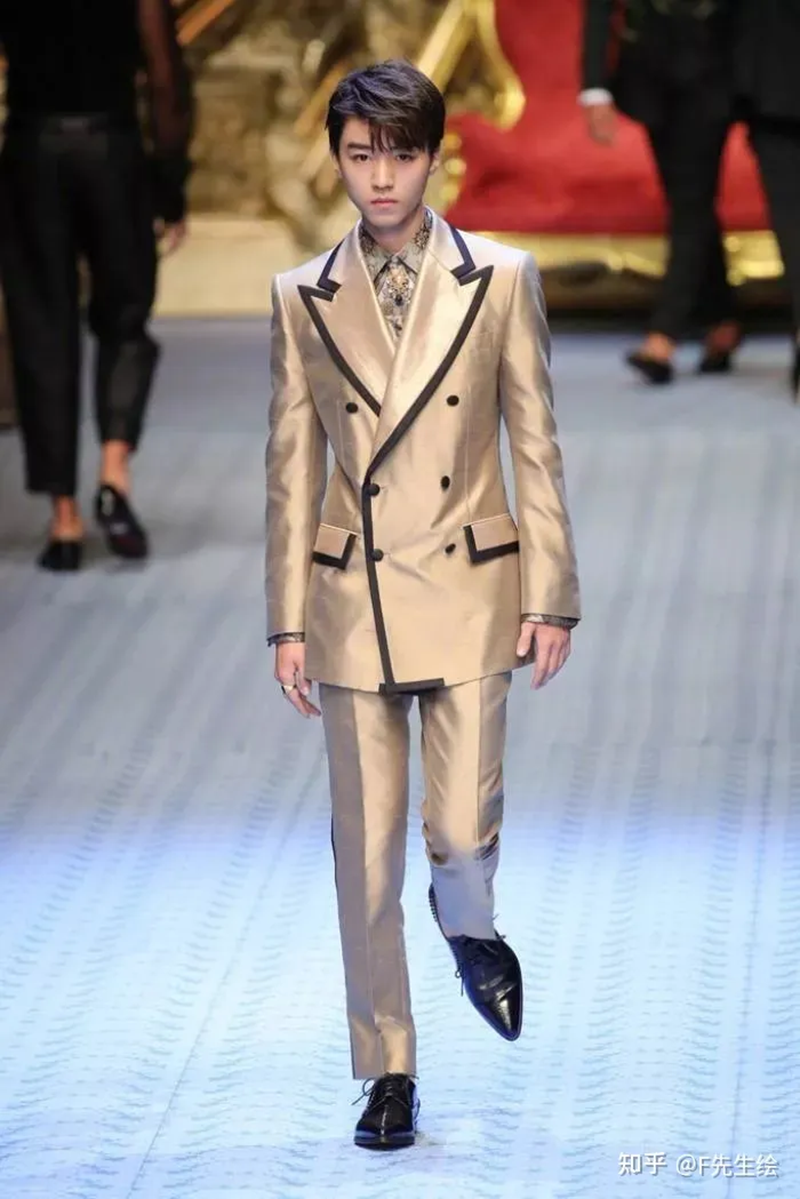
The sweater below:
Thick, vertical,
Gluster, stereoscopic,
Musology, hollow.
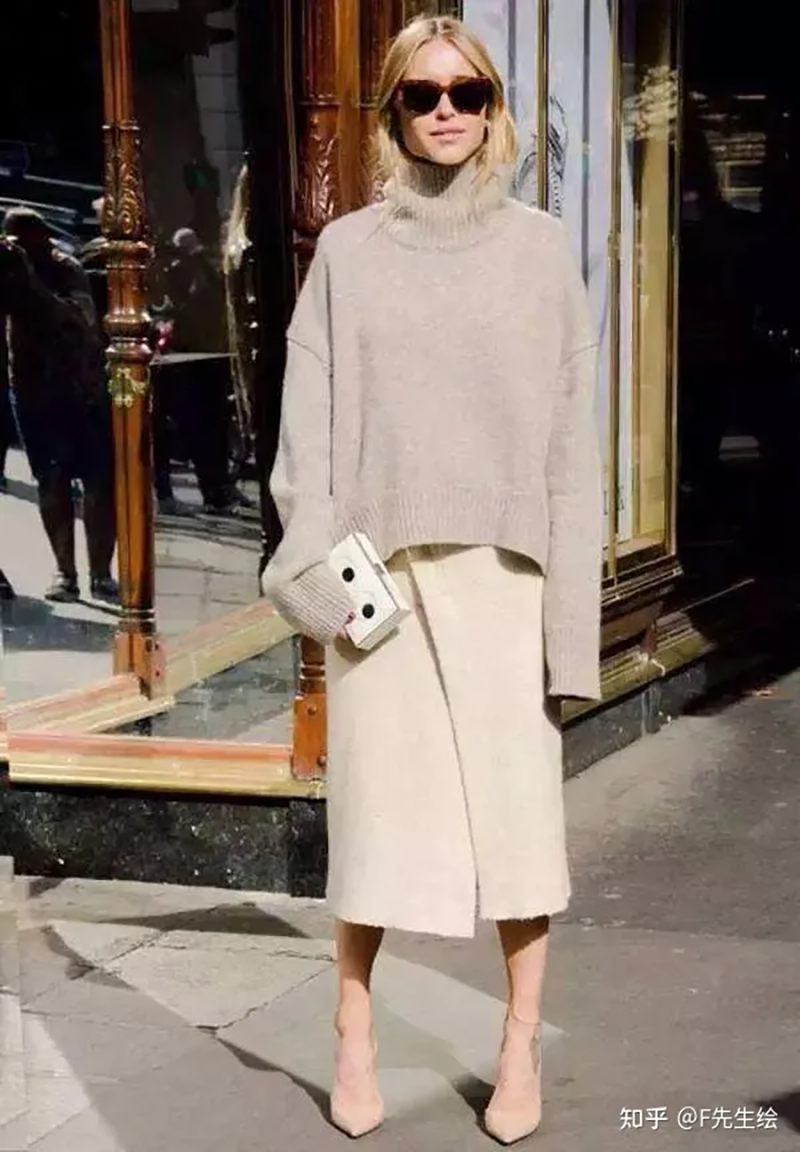
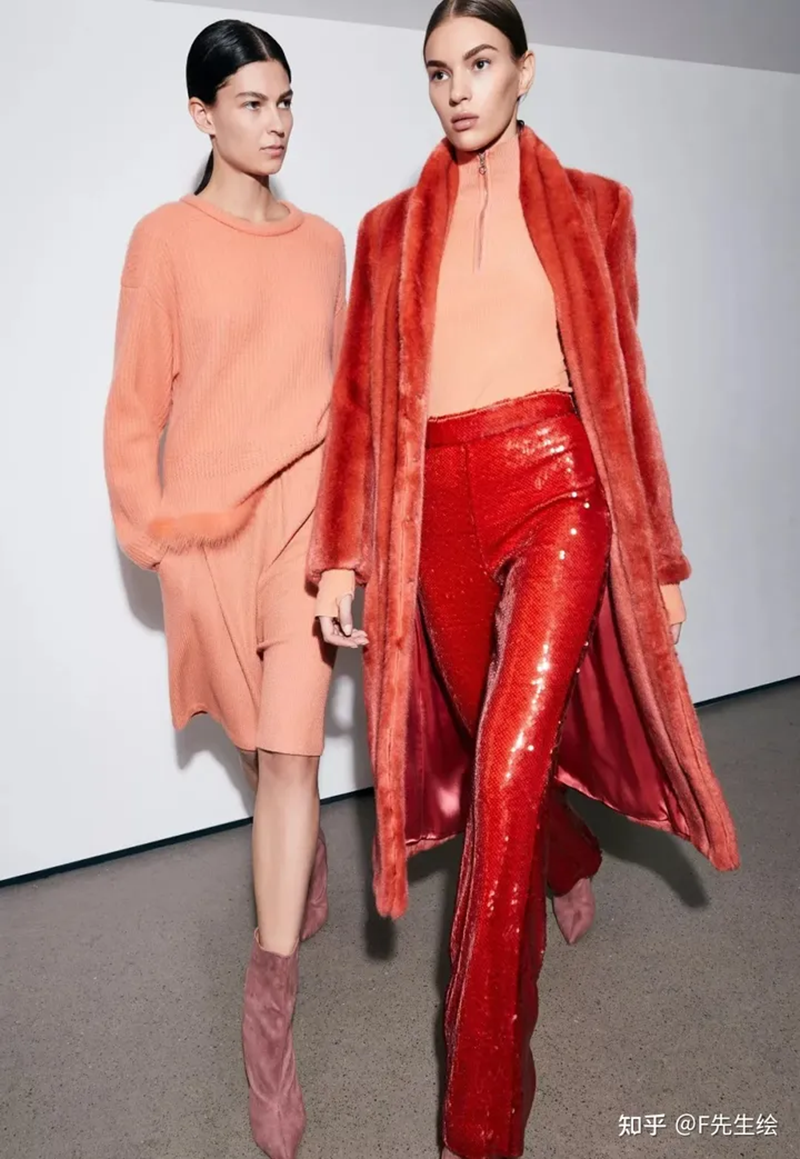
Fabric collocation and contrast classification
Look at the visual effect of material in clothing collocation, clothing collocation usually says the upper and lower clothes, promotion version collocation usually says the combination of upper and lower and inside and outside.
Rule: generally speaking, the 6 elements of material in clothing collocation have 2 different for weak contrast, 4 different for the contrast, 6 different for strong contrast.
So this set of collocation has a very visual visual impact
The internal and external collocation on the right is a weak contrast
The upper and lower collocation is a strong contrast
Small thinking:
---Weak contrast, in the contrast, strong contrast fabric collocation, each more suitable for what style?
The collocation technique of the fabric is classified
After knowing what is called contrast between materials, the following formally said the collocation of fabrics. Fabric features include the color of the fabric and the material of the fabric (the material has 6 visual elements).
1. The same color and same match
(Use the same fabric color and fabric material for up and down in the clothing collocation)
Advantages: the performance is the characteristics of a single clothing fabric, giving people a natural overall effect, easy to match the coordination, traditional and stable.
Disadvantages: due to the lack of fabric contrast is easy to appear monotonous, dull, inflexible
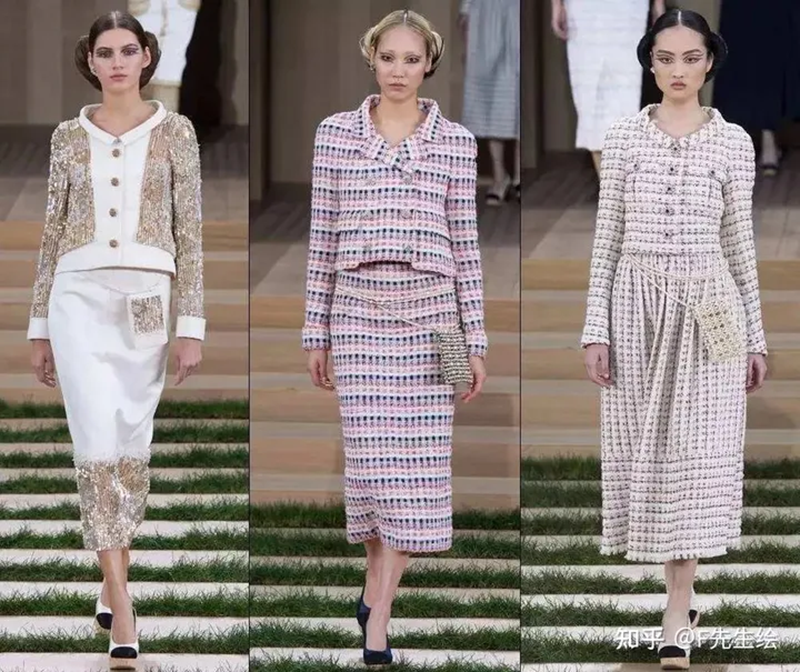
2, the same color heterogeneous collocation
(Use the same fabric color or pattern in clothing collocation, different fabric material)
Can well show the texture of the fabric, increase the sense of collocation, make the dress image more plump; and the weak will not be very publicity.
This is the easiest way to create low-key luxury.
Is not the atmosphere and advanced, if the approximate color, the level is particularly rich
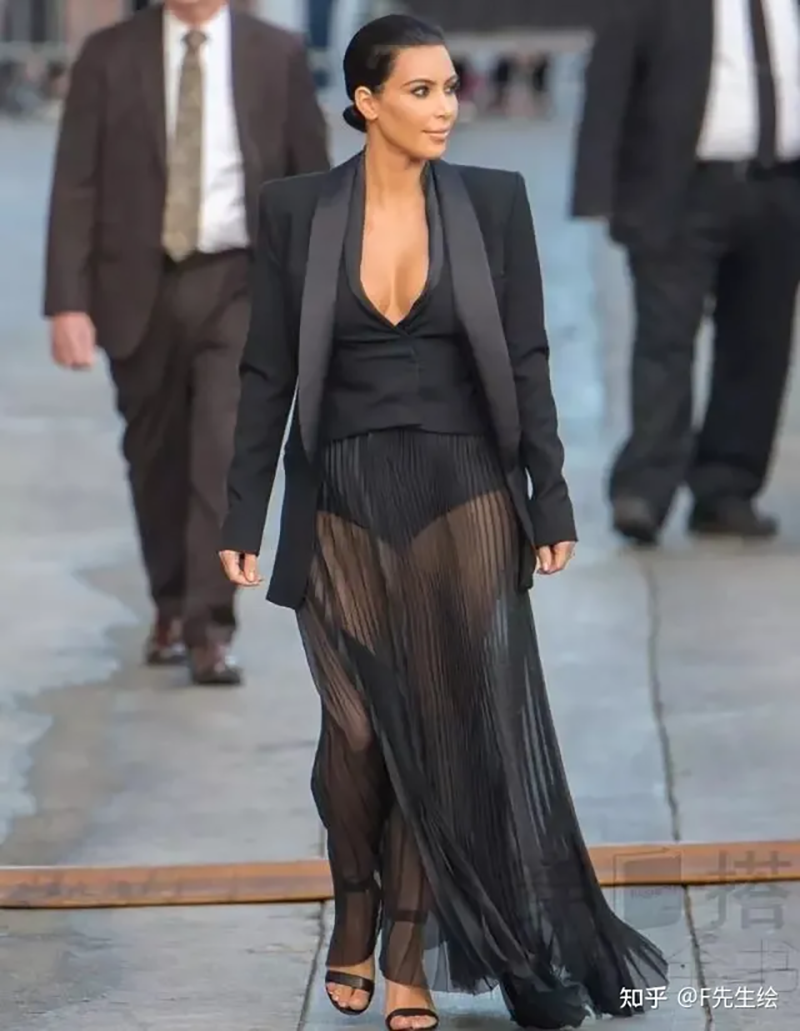
3. Different color and homogeneous matching
(Different fabric colors or patterns are used in the clothing collocation, with the same fabric material)
The ability to control the color is high, the visual impact is strong, there is unity in the change, is the most popular way for ordinary people. For example: contrast color collocation, gradient collocation, through overlapping color collocation.
The heterochromatic heteroplasmy
Use different fabric colors or patterns, different fabric materials. The most difficult to grasp the ultimate collocation method.
Advantages: strong contrast, rich layers, strong visual impact
Disadvantages: more difficult to control, to consider the unity and coordination of color and material
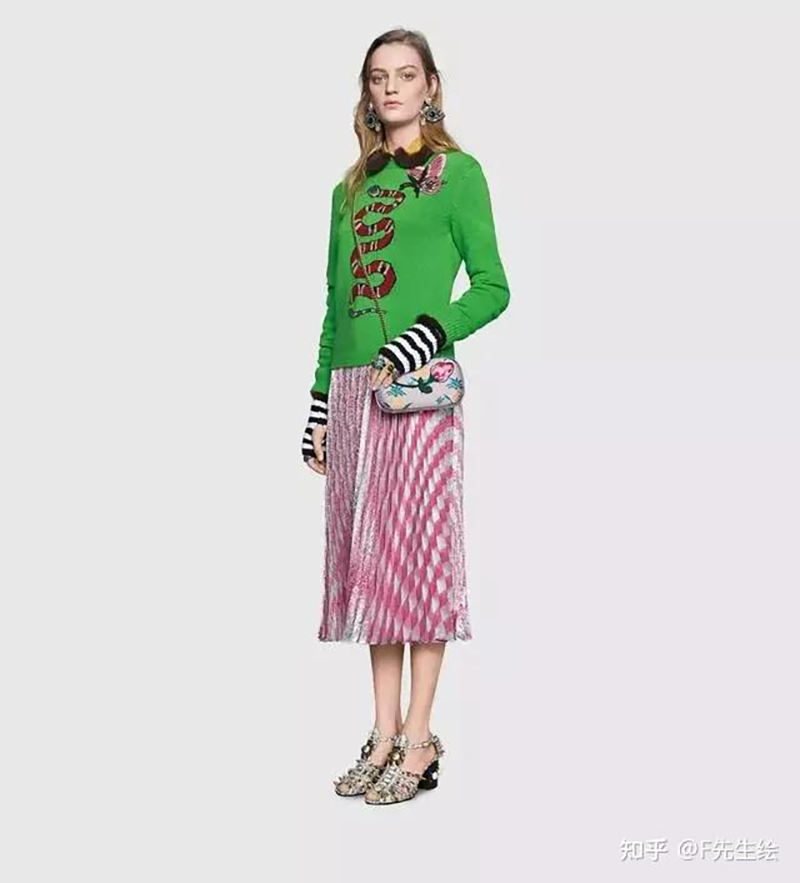
Designers like master John Galliano and GUCCI director often use such collocation technique.
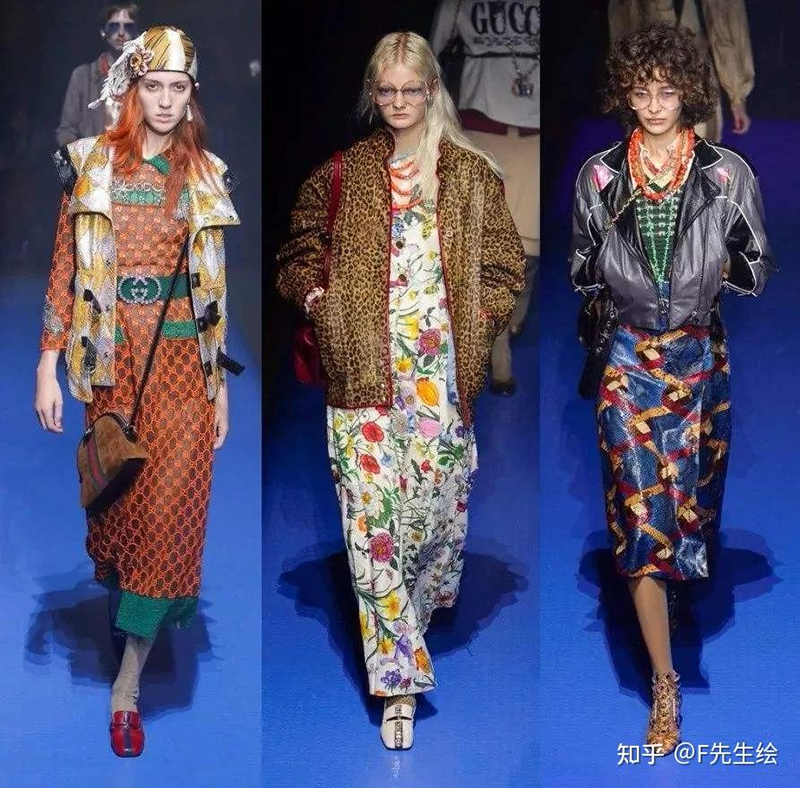
Post time: Dec-03-2023






